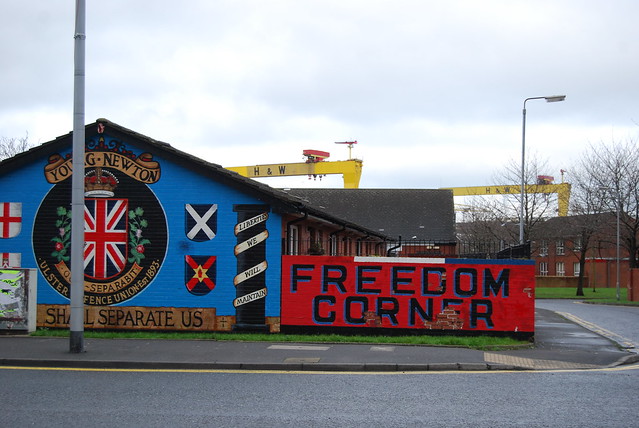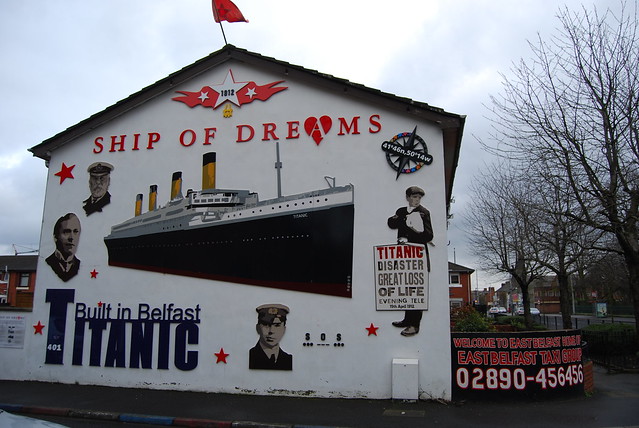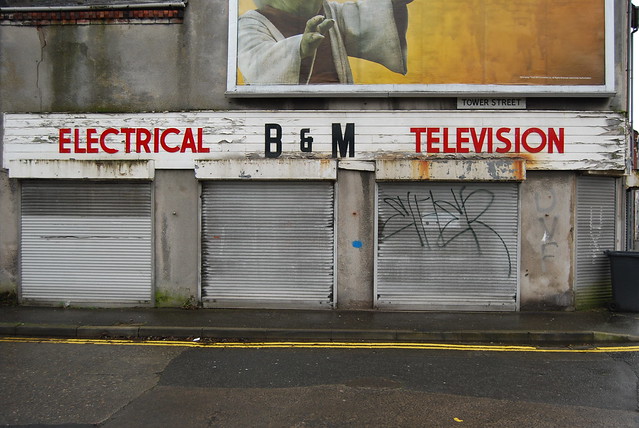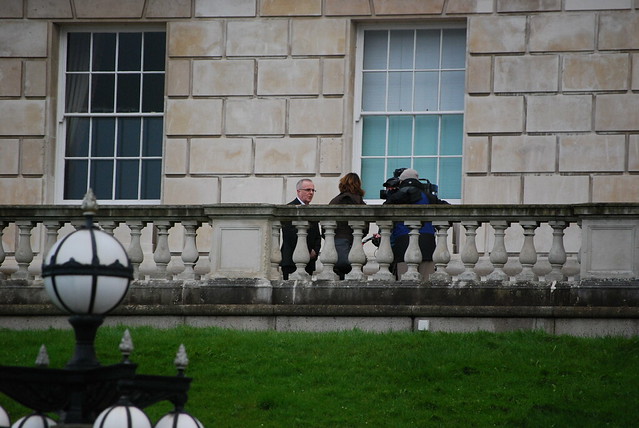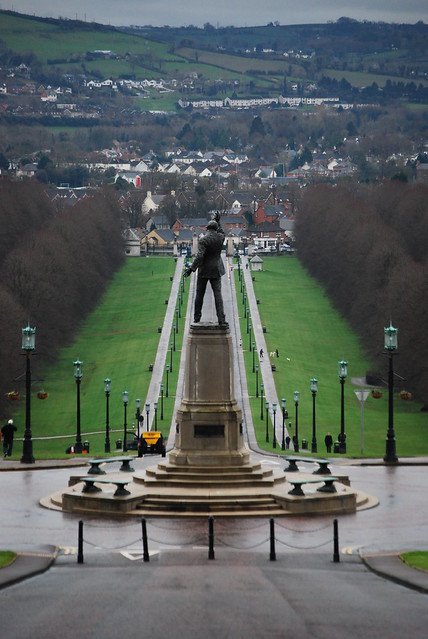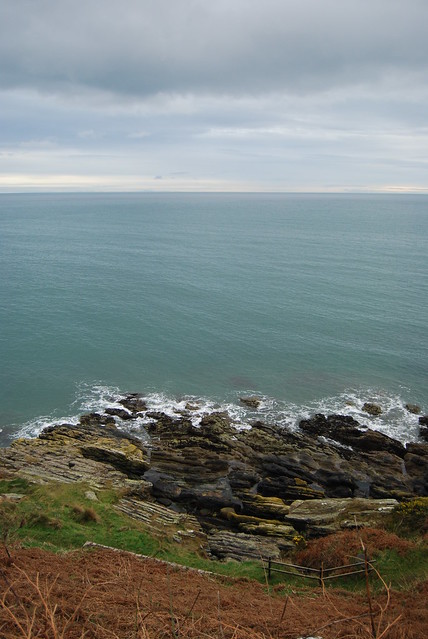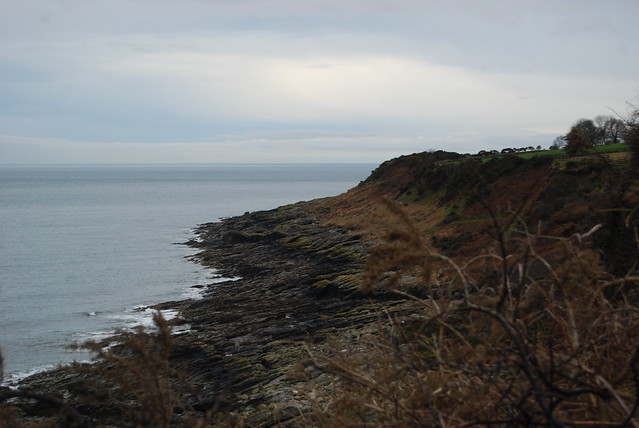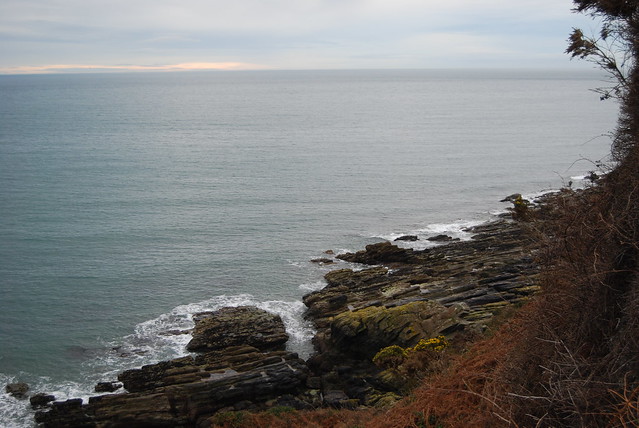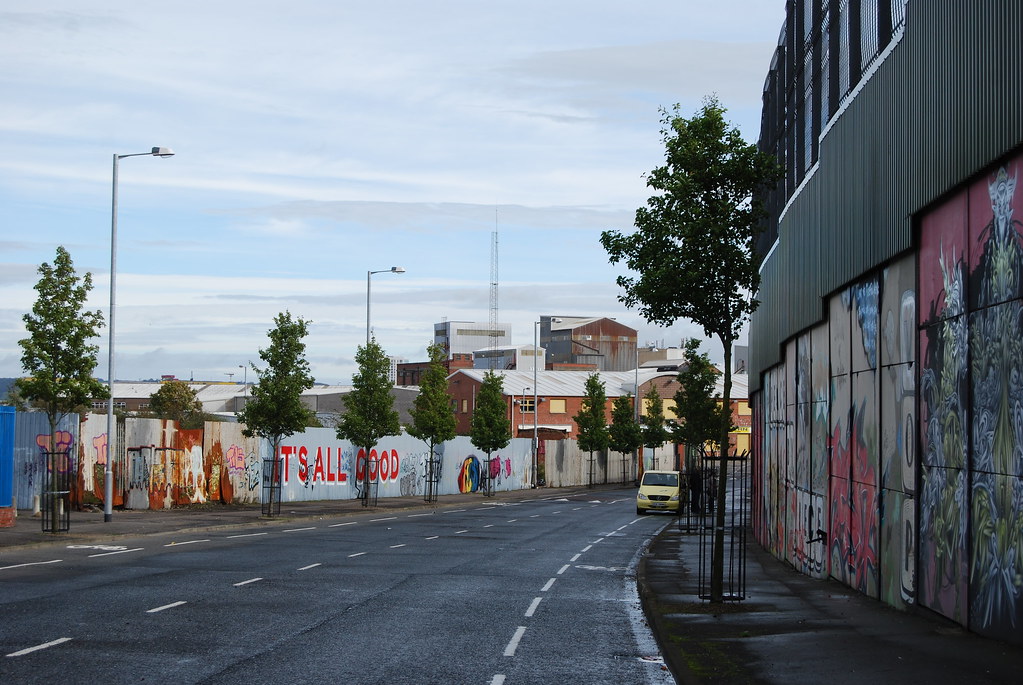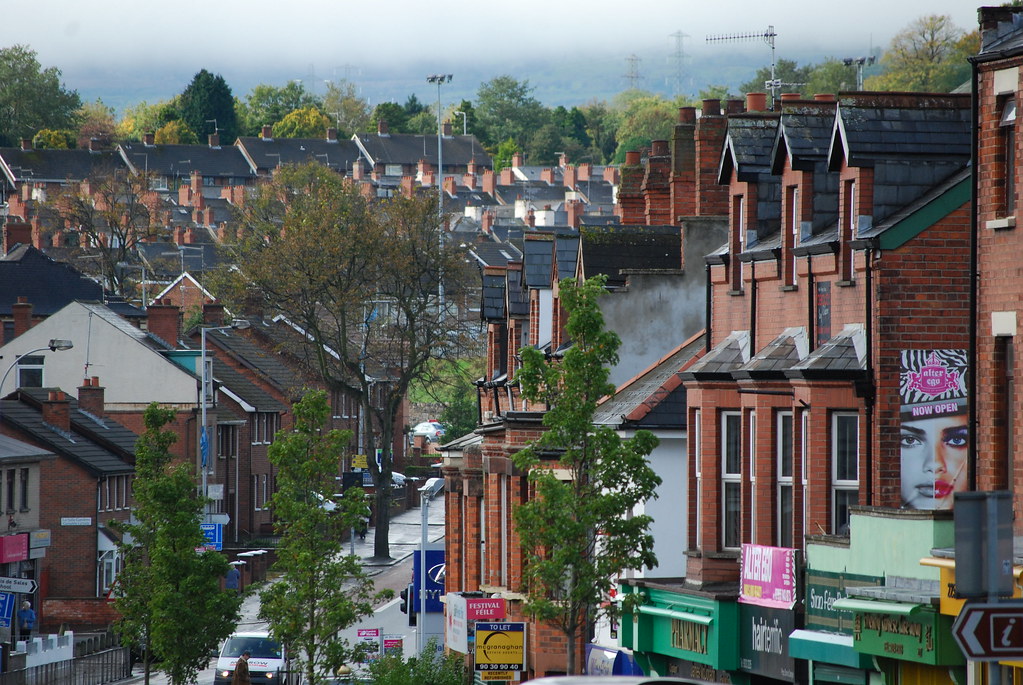John (Jackie) Duddy (17)
Patrick Joseph Doherty (31)
Bernard McGuigan (41)
Hugh Pious Gilmour (17)
Kevin McElhinney (17)
Michael Gerald Kelly (17)
John Pius Young (17)
William Noel Nash (19)
Michael M. McDaid (20)
James Joseph Wray (22)
Gerald Donaghy (17)
Gerald (James) McKinney (34)
William Anthony McKinney (27)
John Johnston (59)
Just over a year ago, nearly 40 years after the incident, an state investigation in Britain revealed that the facts of Bloody Sunday which had previously been that the killings were warranted and that the army was fired on first. PM David Cameron apologized to the people of Derry on behalf of the country and the armed forces.
Apology from PM David Cameron
Response from MP Mark Durkin
Dramatic film portraying the events of Bloody Sunday

